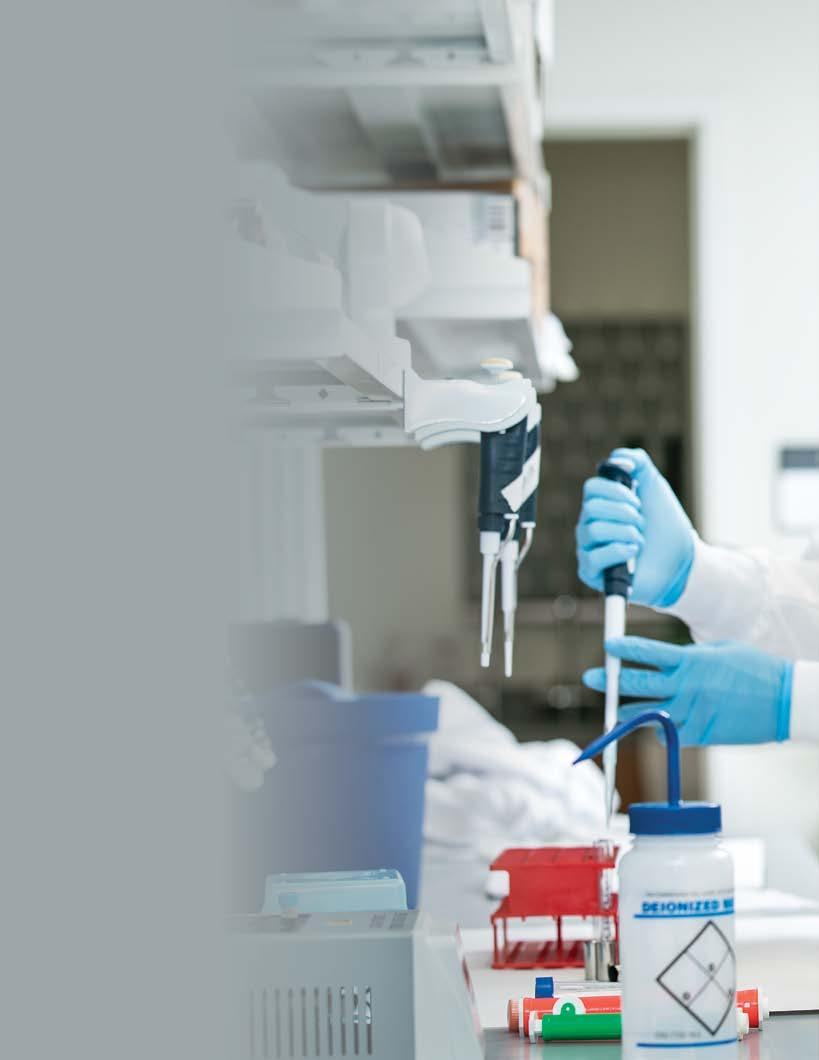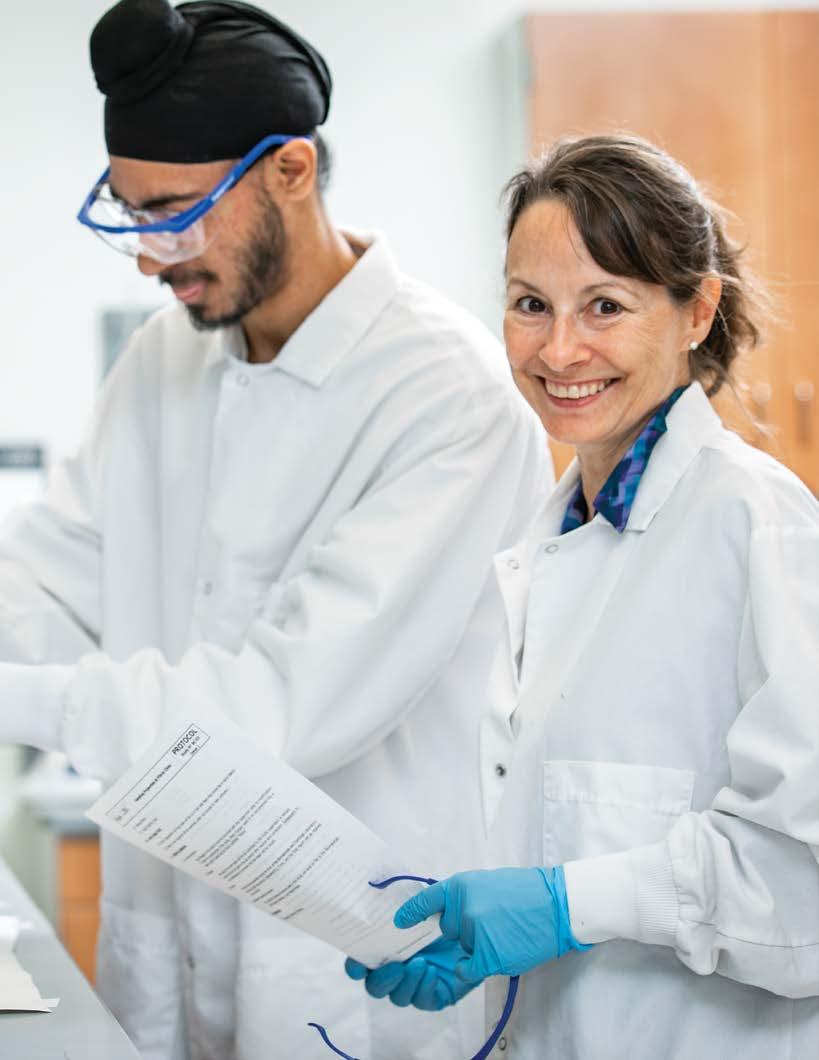
3 minute read
Data Analytics Credential Prepares Students for Careers in Big Data
Liza Wilson Durant, associate dean for strategic initiatives and community engagement, promotes workforce development in the region through a collaboration with the Greater Washington Partnership. Photo by Lathan Goumas
George Mason University is offering a new data analytics credential to help undergraduates hone their skills in handling big data.
The credential is the second one offered in partnership with the Greater Washington Partnership’s Capital Collaborative of Leaders in Academia and Business (CoLAB). Mason launched the digital technology credential in 2019 to support additional skills in data analysis, visualization, and cybersecurity for non-engineers. More than 150 students are currently enrolled in that program. “The new data analytics credential will enable hundreds of Mason students to offer their specialized data analytics skills to employers who are seeking to meet the talent shortfall in data science and analytics,” says Liza Wilson Durant, associate dean for strategic initiatives and community engagement for the College of Engineering and Computing. The credential focuses on data storage and management and makes students more marketable, including for jobs as data analysts and data scientists, says Brett Hunter, associate chair of the Department of Statistics. It is designed for undergraduates in statistics, computing, information technology, and data science who want to acquire the data analytics skills needed by highprofile employers in the metropolitan areas of Baltimore, Washington, D.C., and Richmond. The credential equips students across disciplines with the specialized data analytics skills that the Greater Washington Partnership employers have specified to be most important to their operations. The Capital CoLAB is an action-oriented partnership of employers and academic institutions that executes initiatives to develop the talent needed for the jobs of today and tomorrow. By enrolling in either the digital technology credential or data analytics credential programs, students will have direct access to opportunities and engagement with some of the largest employers in the region, including Amazon, Capital One, and Northrop Grumman. “It is exciting to see our industry partners directly engaged with our students and reinforcing the demand for the skills they are acquiring by offering them internships and other experiential learning opportunities,” says Wilson Durant. Many students in statistics, computational data science, computer science, and information sciences and technology will only need to take one to three additional undergraduate courses to earn the credential, Hunter says. They can use some of their elective courses to do that.

“The credential is not another degree, but essentially a badge you can put on your LinkedIn profile or electronic resume,” he says. “I think most statistics undergraduates will take advantage of the opportunity to communicate their skills in this new way.” More than 60 students have enrolled in the new data analytics credential.
—Nanci Hellmich
—Liza Wilson Durant, professor and associate dean for strategic initiatives and community engagement, College of Engineering and Computing
Improving Health and Well-Being

Our researchers develop new medical treatments and technologies that could revolutionize health care while providing valuable clinical and laboratory training to our students.

Professor Caroline Hoeman and Divjot Bedi pipette solutions. As an Aspiring Scientists Summer Internship Program student, Bedi worked on two different projects, one studying the effect of biomaterials on inflammatory reactions in blood samples, and another developing new ways to quantify articular cartilage repair in a rabbit model using scanning acoustic microscopy (SAM). Photo by Ron Aira






